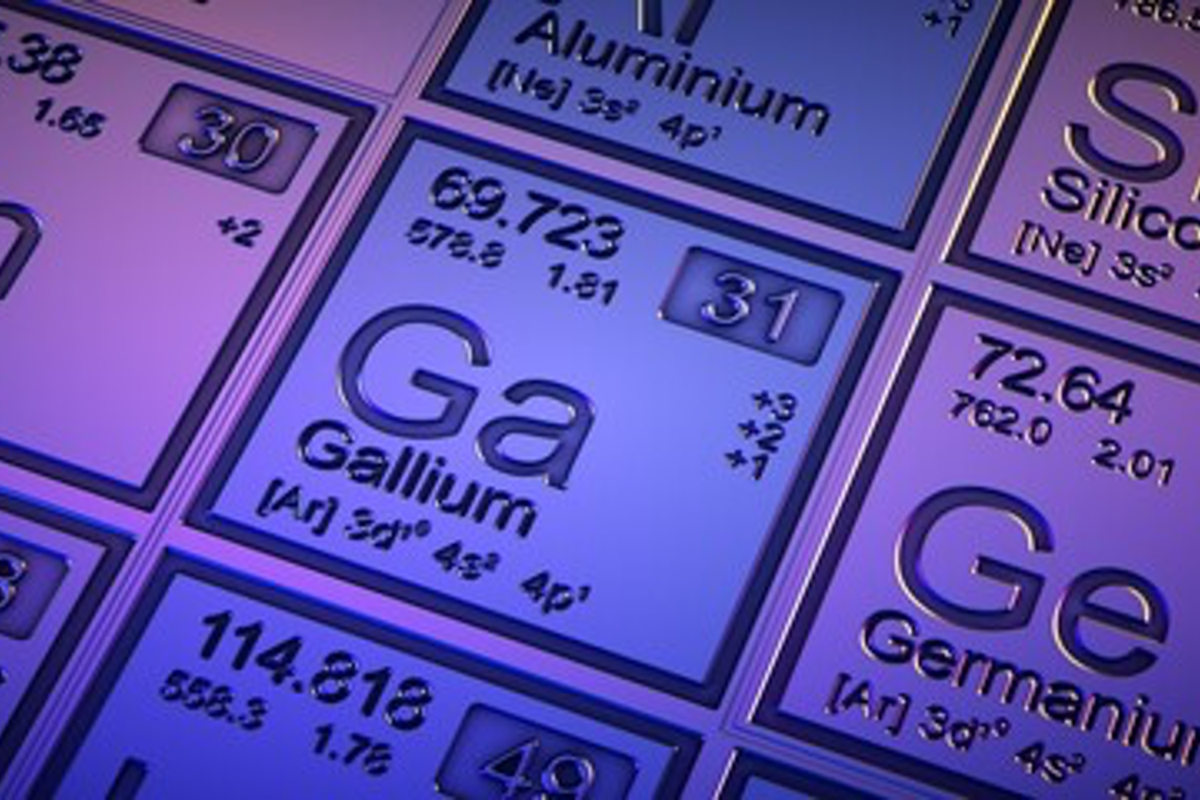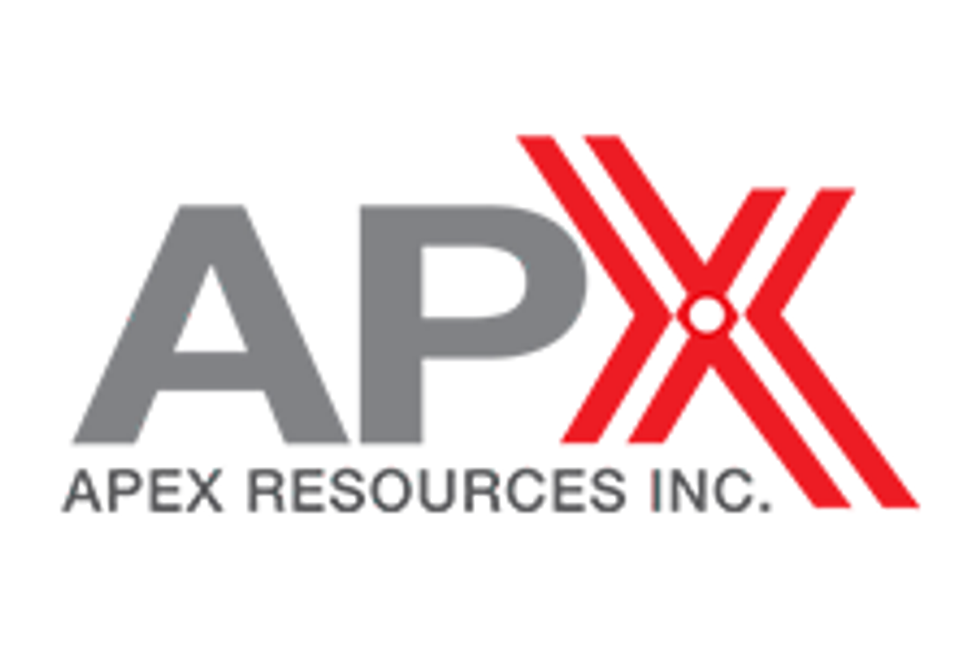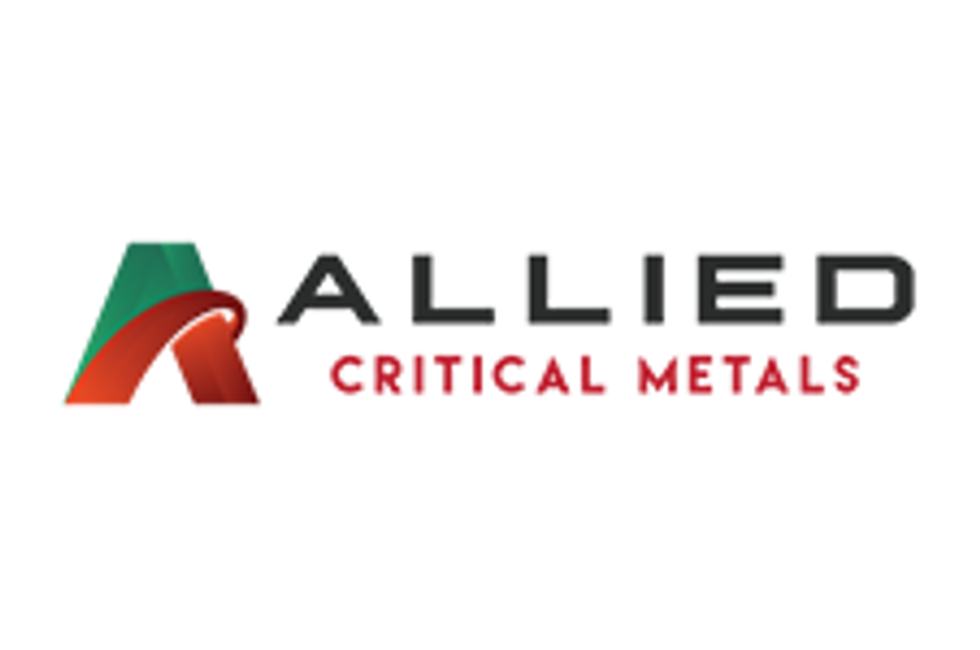China's Gallium Export Ban Creates Opportunity for Australian Miners
China has banned exports of various minerals to the US, including gallium. Here’s what the ban could mean for Australian mining companies.

Scientists from Curtin University believe China’s export ban on gallium and recent global trade tensions are highlighting more opportunities for Australia, particularly the Western Australian region.
ABC News quotes Andrew Bell, deputy director of Curtin University’s Trailblazer Program, as saying that mining companies have been looking at the silvery-blue metal more since the ban.
"I definitely don't think that it's the be-all and end-all of critical mineral production in Australia,” he said.
"But I do see the growth potential for gallium, based on geopolitical activities around the world, and (there's a) great opportunity here for WA to be a big player in gallium production."
The Chinese government banned gallium exports in December 2024 in a broader move that targeted metals with military applications. Germanium and antimony were also included.
According to the US Geological Survey (USGS), gallium has evolved to become a “smart metal” used in technology like semiconductors and smartphones. It is also used in computer chips, LEDs and solar panels.
The USGS also notes that China accounted for 99 percent of global primary low-purity gallium production in 2024, with Russia, Japan and South Korea producing minimal amounts of the critical metal.
Gallium's history in Australia
Gallium is on Australia's critical minerals list, which recognises commodities for which Australia has geologic potential, and that are key to modern technologies, economies and national security.
Historically, gallium in Australia traces back to the Pinjarra gallium refinery in Western Australia in the late 1980s, which was said to be one of the boldest critical minerals initiatives outside China at the time.
This historical refinery explains why Western Australia is regarded as a potential major region for gallium.
It had a target production of 50 tonnes of gallium per year, promising to place Australia at the heart of the global gallium and rare earths value chain. However, in only a few years, Pinjarra encountered delays due to environmental permits; meanwhile, gallium prices crashed due to oversupply and China’s competitive spirit strengthened.
“Australia’s lack of midstream and downstream refining capacity added crushing costs and complexity,” the Australian Strategic Policy Institute (ASPI) states in a note. “In short, Pinjarra had the ambition — but not the resilience — to withstand the inevitable shocks from operating in niche, high-risk commodity markets.”
ASPI warns that Australia must now avoid similar mistakes. Data analytics company Rovjok also references Pinjarra in a January article, outlining its issues and saying how Australia can learn from them today.
Included in Rovjok’s suggestions are long-term policy support for critical minerals, integrated value chains and risk mitigation through strategic collaboration.
Curtin and Nimy partner on gallium
Rovjok also highlights the need for innovation, and Curtin University is currently working with Nimy Resources (ASX:NIM) to better understand the extraction process for gallium.
On May 14, the company commenced drilling at the high-grade Block 3 gallium project in Western Australia. The program is intended to support the development of an initial JORC-compliant resource.
Nimy said Curtin is conducting metallurgical tests, and will use samples from the Phase 2 program at Block 3, as well as samples from a Phase 1 program. The two signed a memorandum of understanding on gallium research and development in March, saying at the time that they would look for joint opportunities.
Nimy Executive Director Christian Price told ABC News that Australia is “one of those markets” where gallium is slowly being seen, used and multiplying. "(Gallium) is going to be on the lips of a lot more technology manufacturers in the future and we'll start to understand the criticality of that to our modern world," he said.
Don’t forget to follow us @INN_Australia for real-time news updates!
Securities Disclosure: I, Gabrielle de la Cruz, hold no direct investment interest in any company mentioned in this article.
- Opportunity or Overreach: Is Australia Making the Right Moves for Critical Minerals? ›
- China Restricts Key Critical Minerals Exports in Response to US Chip Controls ›


